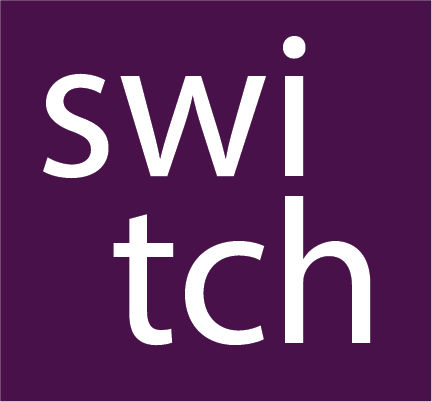
Surge is an executive leadership development program designed to transform seasoned professionals into visionary leaders who thrive in today’s fast-paced business environment.
Grounded in the principles of design thinking, the Surge program empowers executives to harness creativity, empathy, and strategic thinking to drive meaningful change within their organizations. Through hands-on workshops, immersive experiences, and personalized coaching, participants gain the skills and mindset needed to navigate ambiguity, inspire teams, and solve complex challenges with agility and innovation.
Surge features a dynamic blend of theory and practice, equipping participants with practical tools and frameworks they can immediately apply in their roles. Whether you’re looking to ignite performance, foster collaboration, or cultivate a culture of innovation, Surge is the pathway to unlocking full leadership potential.
Everyone remembers their first car. To aid in learning, we’ll use storytelling and metaphors around these shared experiences, velocity, and vehicle dynamics to frame activities and discussions. These concepts are surprisingly applicable to leadership, and starting with a familiar topic helps connect and embed learning. Participants leave each session with a concrete action plan and a new appreciation for the opportunity to lead and impact those around them.
The work doesn’t stop there. Change is hard, and behavior change is really hard. The Surge program provides the ongoing coaching and support to help participants integrate new behaviors, while also providing the insight and accountability necessary to ensure success.
Join us on this transformative journey and unlock the keys to effective leadership.
Program Highlights:
- On-site facilitation once per month for 9 months, culminating with addtional wrap-up session and celebration
- Full year, one-on-one coaching program for each participant, including custom 360 Survey Report and review
- Cohort approach forges team bonds, shared learning, and accountability
- Immersive, engaging content based on design thinking principles and organizational development best practices
- Storytelling and relatable metaphors that ensure everyone is invited to participate fully
- Nary a PowerPoint in sight. We know that hands-on experiences are far more effective at moving people and embedding learning


Program Overview
Consider an organization as a finely-tuned machine. When things are humming along smoothly, multiple components are working together in harmony. However, with so many moving parts, an imbalance with one component can disrupt the whole system. The function of a leader is not only to troubleshoot, but diagnose and repair when necessary.
The Surge program is divided into a series of workshops where the leadership challenges are addressed in a collaborative, peer-to-peer environment. During each session, participants do a deep dive into their own specific experiences with the leadership topic. We will utilize design thinking to ideate, prototype and test solutions that leaders can implement with confidence when they return to the workplace.

Ready to see how Surge can accelerate leadership in your organization?
We would love to share more about the Surge program and learn about your specific leadership needs. Reach out and let’s schedule a time to chat.
